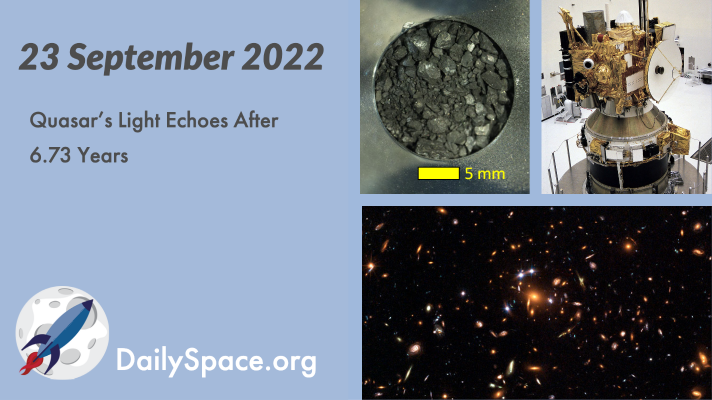
Sep 24, 2022 | Asteroids, Daily Space, DART, Europa, Fast Radio Bursts, JAXA, Jupiter, Mars, Quasar, Random Space Fact, Space History
Astronomers using the 1.2-meter Whipple Observatory to follow the brightness of a lensed galaxy for 14.5 years have calculated that the time delay between light arriving along the shortest and farthest paths is 6.73 years. Plus, DART, Hayabusa2, Juno, fast radio bursts, and This Week in Space History, we look back at NASA’s 1990s attempts to reach Mars.
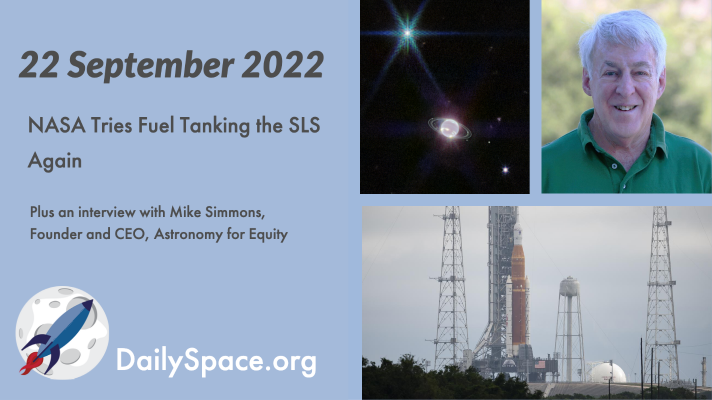
Sep 23, 2022 | Crewed Space, Daily Space, Guest Interview, JWST, Mars, Nebulae, Neptune, Rockets, ROSCOSMOS, Soyuz, Spacecraft
In advance of the next scheduled launch attempt, NASA conducted another test to fill the fuel tanks onboard the Space Launch System rocket. The results were mixed, but the launch is still on schedule. Plus, a crewed launch, beautiful images, and an interview with Mike Simmons from Astronomy for Equity about sending telescopes to underprivileged students.
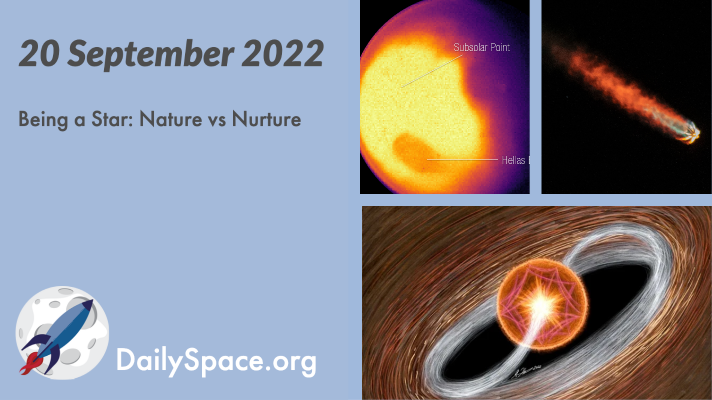
Sep 21, 2022 | Active Galaxies, Daily Space, Earth, Enceladus, ESA, Globular Cluster, Jupiter, JWST, Mars, Moon, Rockets, Saturn, Sky Watching, Spacecraft, SpaceX, Starlink, Stars, The Sun
Asteroseismologists are combining data from TESS, Kepler, and eventually, JWST to study stellar oscillations in ‘infant’ stars, with the goal of creating new models for how such young stars form and evolve over time. Plus, JWST images Mars, Hubble images stars, and SpaceX manages to launch another Starlink mission in spite of weather delays.
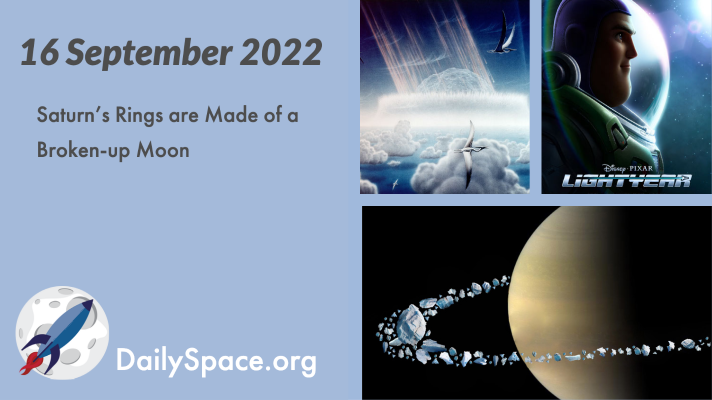
Sep 17, 2022 | Astrobiology, Daily Space, Earth, Mars, Mars 2020, Perseverance, Review, Rocket Lab, Rockets, Saturn, Spacecraft, Volcanoes
Using computer simulations, researchers have pieced together a possible scenario where Titan caused another of Saturn’s moons to break up and become the beautiful ring system we see today. Plus, organic molecules on Mars, the death of the dinosaurs, and a review of Lightyear on Disney+.
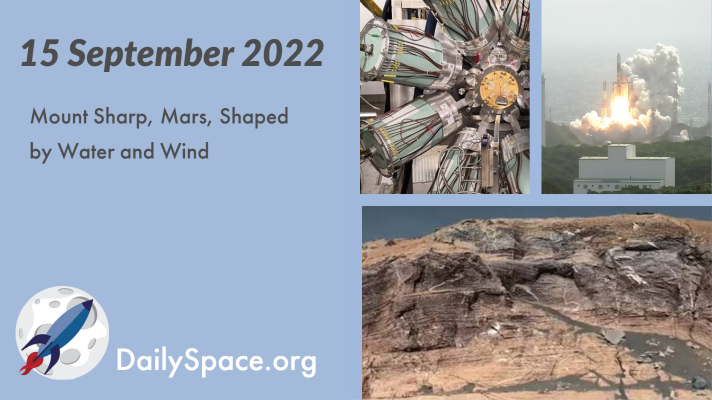
Sep 16, 2022 | Climate Change, Cosmology, Curiosity, Daily Space, Earth, Exoplanets, JAXA, Mars, Moon, Physics, Quantum, Rockets, Space China, Space History, Spacecraft, Supernovae, White Dwarfs
Data and images from NASA’s Curiosity rover found evidence that wind played a key role in erosional processes on the red planet, despite the lower atmospheric volume. Plus, astrophysics and cosmology news, a baby exoplanet, and this week in space history, we look back at an uncrewed lunar mission from Japan.

Sep 14, 2022 | Blue Origin, Daily Space, Earth, Our Solar System, Spacecraft, SpaceX, Star Forming Region, Starlink, Supernovae Remnants, Volcanoes
Using pockets of gas found in tiny crystals, scientists have created a timeline for the formation and eruption of four supervolcano events in northern Chile more than twenty million years ago. Plus, rocket launches, gorgeous new space images, and an interview with Jian-Yang Li about the upcoming DART mission’s impact.








 We record most shows live, on Twitch. Follow us today to get alerts when we go live.
We record most shows live, on Twitch. Follow us today to get alerts when we go live.